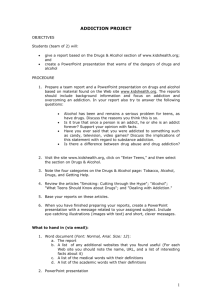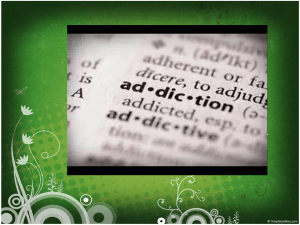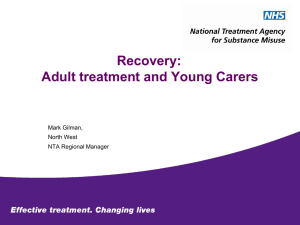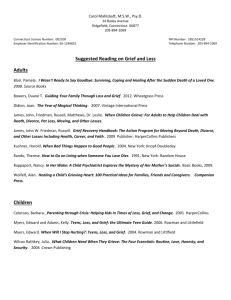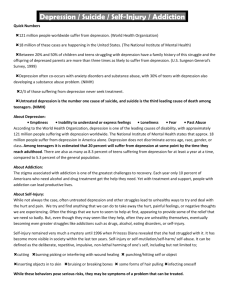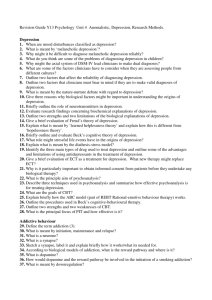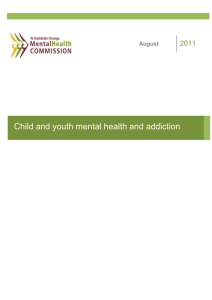Unit 1 & 2 Study Guide
advertisement
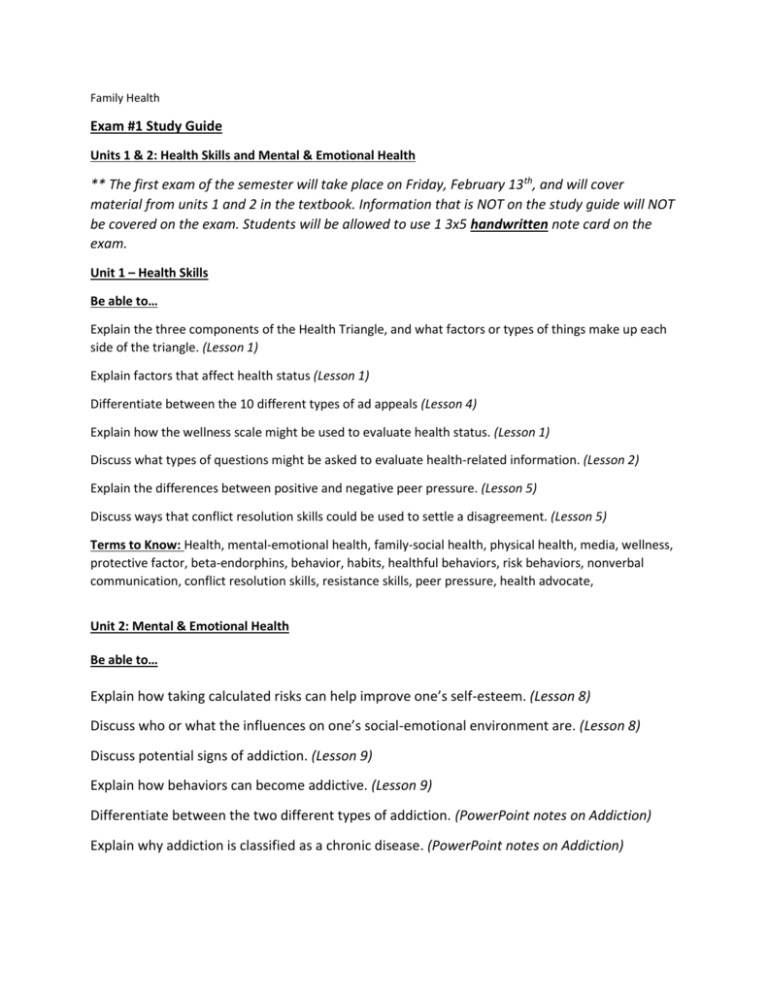
Family Health Exam #1 Study Guide Units 1 & 2: Health Skills and Mental & Emotional Health ** The first exam of the semester will take place on Friday, February 13 th, and will cover material from units 1 and 2 in the textbook. Information that is NOT on the study guide will NOT be covered on the exam. Students will be allowed to use 1 3x5 handwritten note card on the exam. Unit 1 – Health Skills Be able to… Explain the three components of the Health Triangle, and what factors or types of things make up each side of the triangle. (Lesson 1) Explain factors that affect health status (Lesson 1) Differentiate between the 10 different types of ad appeals (Lesson 4) Explain how the wellness scale might be used to evaluate health status. (Lesson 1) Discuss what types of questions might be asked to evaluate health-related information. (Lesson 2) Explain the differences between positive and negative peer pressure. (Lesson 5) Discuss ways that conflict resolution skills could be used to settle a disagreement. (Lesson 5) Terms to Know: Health, mental-emotional health, family-social health, physical health, media, wellness, protective factor, beta-endorphins, behavior, habits, healthful behaviors, risk behaviors, nonverbal communication, conflict resolution skills, resistance skills, peer pressure, health advocate, Unit 2: Mental & Emotional Health Be able to… Explain how taking calculated risks can help improve one’s self-esteem. (Lesson 8) Discuss who or what the influences on one’s social-emotional environment are. (Lesson 8) Discuss potential signs of addiction. (Lesson 9) Explain how behaviors can become addictive. (Lesson 9) Differentiate between the two different types of addiction. (PowerPoint notes on Addiction) Explain why addiction is classified as a chronic disease. (PowerPoint notes on Addiction) Explain the difference between the various categories of mental disorders. Be sure to note how the disorders are both similar and different from one another. (Lesson 9) Describe and differentiate between the two different types of stress. (PowerPoint notes “Types of Stress”) Describe positive responses to stressors. (Lesson 10 & Type of Stress notes) Discuss ways to express emotions in healthful ways. (Lesson 10) Describe the “fight or flight” response. (PowerPoint notes “Types of Stress”) Differentiate between the types of depression, possible causes, symptoms, and treatment for depression. (Lesson 11) Explain why teens are at a greater risk for developing depression. (Lesson 11) Identify warning signs for suicide and discuss suicide prevention strategies. (Lesson 11 & article on suicide) Describe the five different stages of loss and grief, and ways to express loss and grief in healthful ways. (Lesson 12) Terms to Know: Self- respect, good character, self-esteem, social-emotional environment, personality, attitude, addiction, perfectionism, codependency, mental disorder, emotions, eustress, distress, serotonin, stress-management skills, mind-body connection, “fight or flight”, depression, antidepressant, suicide, resiliency, loss, grief, empathy, anticipatory grief.
